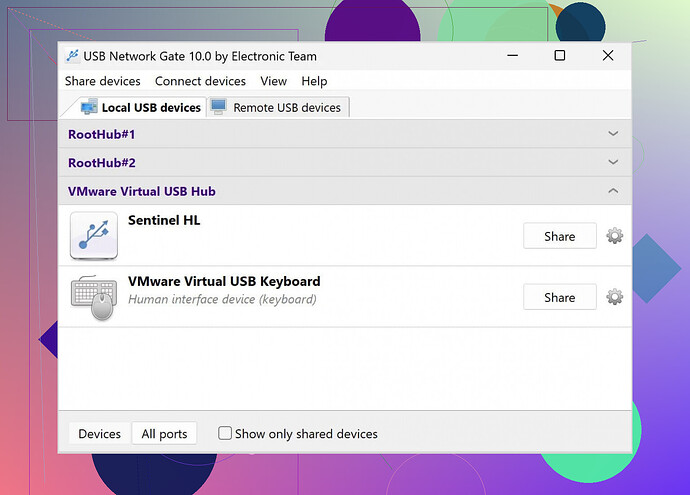I’ve been using USB Redirector for remote USB access, but it’s not meeting my needs anymore. Does anyone know of reliable alternative software? I need something stable and secure. Any recommendations?
If USB Redirector just isn’t cutting it for you anymore, there are def several other options you might wanna look into. Have you considered USB Network Gate? It’s been solid and highly recommended for both stability and security.
Another solid option is FlexiHub. They’re kind of like USB Network Gate and super reliable as well. Also, VirtualHere does a good job, especially if you’re managing more complex network structures. It supports a wide variety of USB devices and it’s user-friendly too.
For a more budget-friendly alternative, USB/IP Project can work. It’s an open-source solution, so it’s free, but you might find it a bit less polished compared to commercial options.
If you’re into a bit of a deep dive, check out this list of other options in an overview of some of the best USB Redirector alternatives. Give 'em a shot and see what fits your needs best.
Good luck!If USB Redirector just isn’t cutting it for you anymore, dive into USB Network Gate. It’s pretty solid with high recommendations for stability and security. But, to get a more tailored fit, there are several other options worth exploring.
Have you given FlexiHub a thought? It’s been around and offers reliable service similar to USB Network Gate. Another interesting contender is VirtualHere; it is especially advantageous if you find yourself navigating more complex network structures. The support for a wide range of USB devices and user-friendly interface makes it a top pick for many.
On the other hand, while @suenodelbosque suggested USB/IP Project as a budget-friendly option, I’d argue—be prepared for some quirks given it’s open-source. It doesn’t have the polished UX like the commercial solutions, so it kind of depends on what you’re comfortable with in terms of tweaking and hands-on adjustments.
Also, you might wanna check out some community feedback and reviews out there. They can be super insightful. It can be a good idea to dive into a list of other alternatives before committing. Moreover, since we’re talking about reliable and stable options, this tool should definitely be on your radar for robust and secure remote USB access.
Testing these out might feel like a hassle initially, but it’s better to see which one aligns the best with your needs in the long run. Best of luck finding the perfect fit!
Switching from USB Redirector, you’ve definitely got some options to explore. From @viajeroceleste and @suenodelbosque’s insights, USB Network Gate seems to be top-tier for stability and security— no surprises there given its reputation. However, reliability and how it fits your specific setup are crucial.
FlexiHub is a robust alternative, but I’ve heard of some latency issues in more demanding environments. It supports multiple OS, so you’ve got flexibility there— good if you’re juggling different systems.
VirtualHere stands out when you’re dealing with complex network structures. Its support for various USB devices is commendable, although setting it up might be a bit intimidating if you’re not tech-savvy. Once it’s running, though, it’s often smooth sailing.
Now, USB/IP Project as a budget-friendly option is intriguing, but being open-source, expect a rougher ride in terms of user experience. If you don’t mind diving into some technical details and manual adjustments, it could be worth a shot.
On the con side for USB Network Gate: it’s a fantastic piece of software, but it comes with a heftier price tag, which might be a dealbreaker if budget is tight. Still, its pros— easy setup, cross-platform compatibility, and encryption for secure connections— generally outweigh the cons, especially in professional environments.
For a more nuanced view and a tailored pick, looking into community reviews could provide valuable insights— these firsthand experiences can often highlight quirks or advantages that you might not find in official descriptions.
In essence, dip your toes in the water with a few trials. Testing a couple of these options might seem onerous initially, but it’s a surefire way to find the one that best syncs with your needs. Best to avoid making a hasty decision that’ll have you scrambling to switch again.
Good luck!
